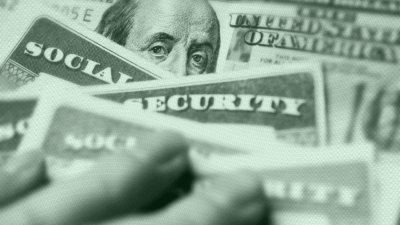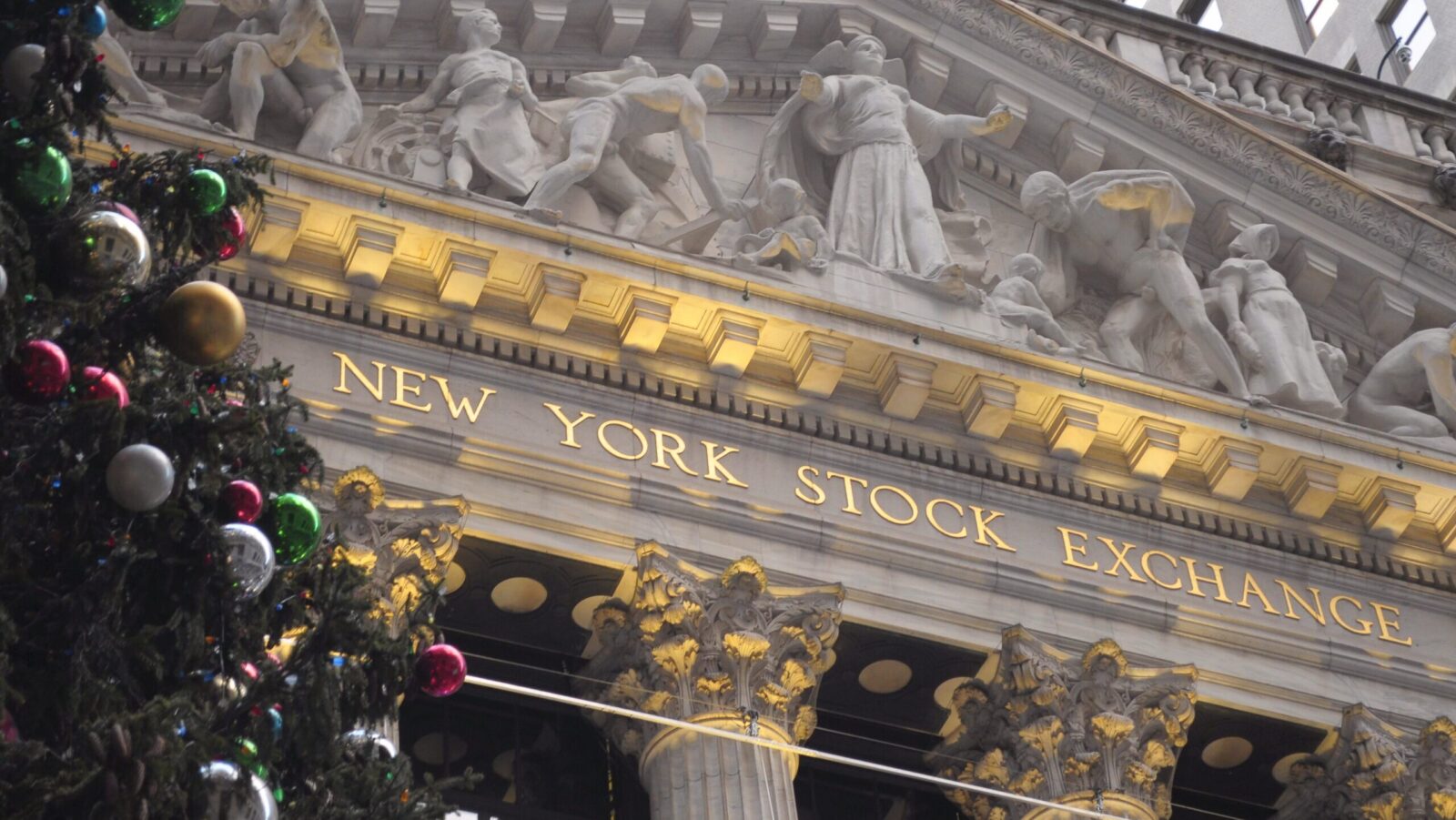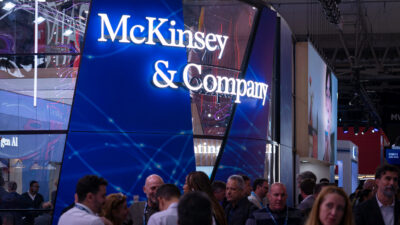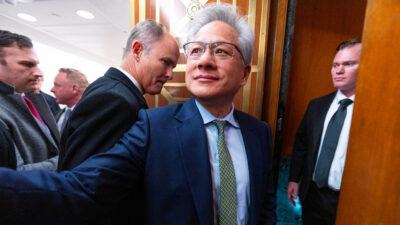Dismal Jobs Data Gives Fed a Wake-Up Call on Interest Rates
The economy added just 73,000 jobs in July, according to the Labor Department, well below the expectations of economists surveyed.
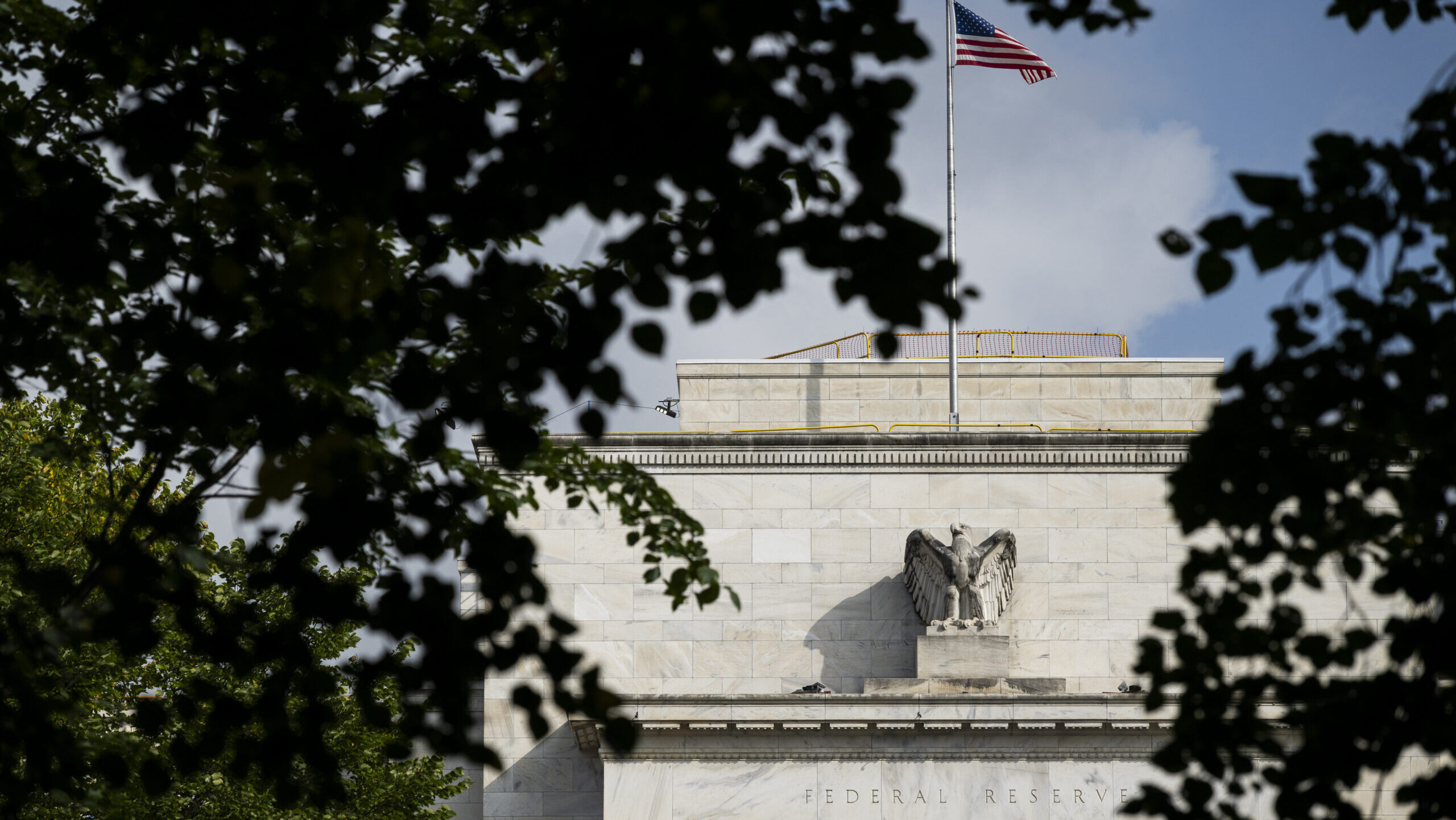
Sign up for smart news, insights, and analysis on the biggest financial stories of the day.
“The labor market is actually still quite solid.” “The labor market’s solid, historically low unemployment.” “In the labor market, conditions have remained solid.”
Last Wednesday, at his press conference following the Federal Reserve’s decision to hold interest rates steady, the central bank’s chairman, Jerome Powell, used the word “solid” to describe the US job market at least a half-dozen times. For much of the year, the labor market’s perceived resilience amid inflation, still above the Fed’s desired target, and tariffs, which threaten more inflation, have bolstered the Fed’s position that it can hold off on lowering interest rates to continue waging its battle on higher prices.
Jumbo Redux
First, there’s what happened in July. The economy added just 73,000 jobs, according to the Labor Department, well below the expectations of economists surveyed (a Bloomberg poll found experts anticipating 109,000). The unemployment rate ticked up to 4.2% from 4.1% in June.
Second, and arguably more important, is what actually happened in May and June. The Labor Department issued a startling revision to previous job figures: Officials now estimate employment increased by just 33,000 jobs combined over the two months, 258,000 less than before. The department acknowledged the colossal downgrade was “larger than normal.” The data effectively calls into question the Fed’s contention, central to its wait-and-see approach, that the labor market has chugged along admirably.
The Fed’s balancing act is admittedly tricky. Its preferred inflation gauge, the core PCE price index, rose 2.8% year-over-year in June, well over its 2% target. And the two key data points the Fed is trying to influence act like magnetic opposites when it comes to monetary policy: higher rates can tame inflation, but they also make it more expensive for businesses to borrow money, leading to less hiring. The verdict rendered by investors Friday is that the Fed will have to drop its defensive posture against inflation:
- As of Friday, investors are betting on an 87.5% chance that the Fed’s main monetary policy committee cuts rates at its next meeting in mid-September, according to the CME Fedwatch. The day before the Labor Department’s massive job number revisions dropped, the likelihood of a rate cut was seen as just 37.7%.
- President Donald Trump’s tariff policies won’t make life any easier. The core PCE data released last week showed tariffs have already started to push up consumer prices. And that data was gathered before he announced a slew of new tariffs on countries ranging from 10% to 41% on Thursday (the S&P 500 fell 1.6% and the Nasdaq 2.2% on Friday as markets registered their immediate concern over the weak job numbers and new import taxes).
The Fed has been cautious about cutting rates too early, given that previous cuts in the aftermath of the pandemic led to sustained and persistent inflation, with their desired target still out of reach. And then there was last year, when Fed officials decided not to cut rates at their July policy meeting, only for a weak jobs report to drop days later; they proceeded to vote for a half-percentage point “jumbo” rate cut in September.
History Repeating: One of the two Fed officials who dissented from the decision to hold rates steady last week, Trump appointee Christopher Waller, warned his colleagues to avoid a repeat of last year: “We should not wait until the labor market deteriorates before we cut the policy rate.” Trump has pushed hard for a rate cut himself, but a weakening jobs market isn’t the impetus he wanted. After the revised jobs numbers were announced, he posted on Truth Social that that they were “RIGGED in order to make the Republicans, and ME, look bad” and fired the head of the Bureau of Labor Statistics.



